SHEET MUSIC FOR ALL AGES AND LEVELS!
Download music directly to your phone, tablet, or computer. Print and play your music instantly!
Include your email with your order, and receive your books within 24 hours of your purchase!
CAROL OF THE BELLS
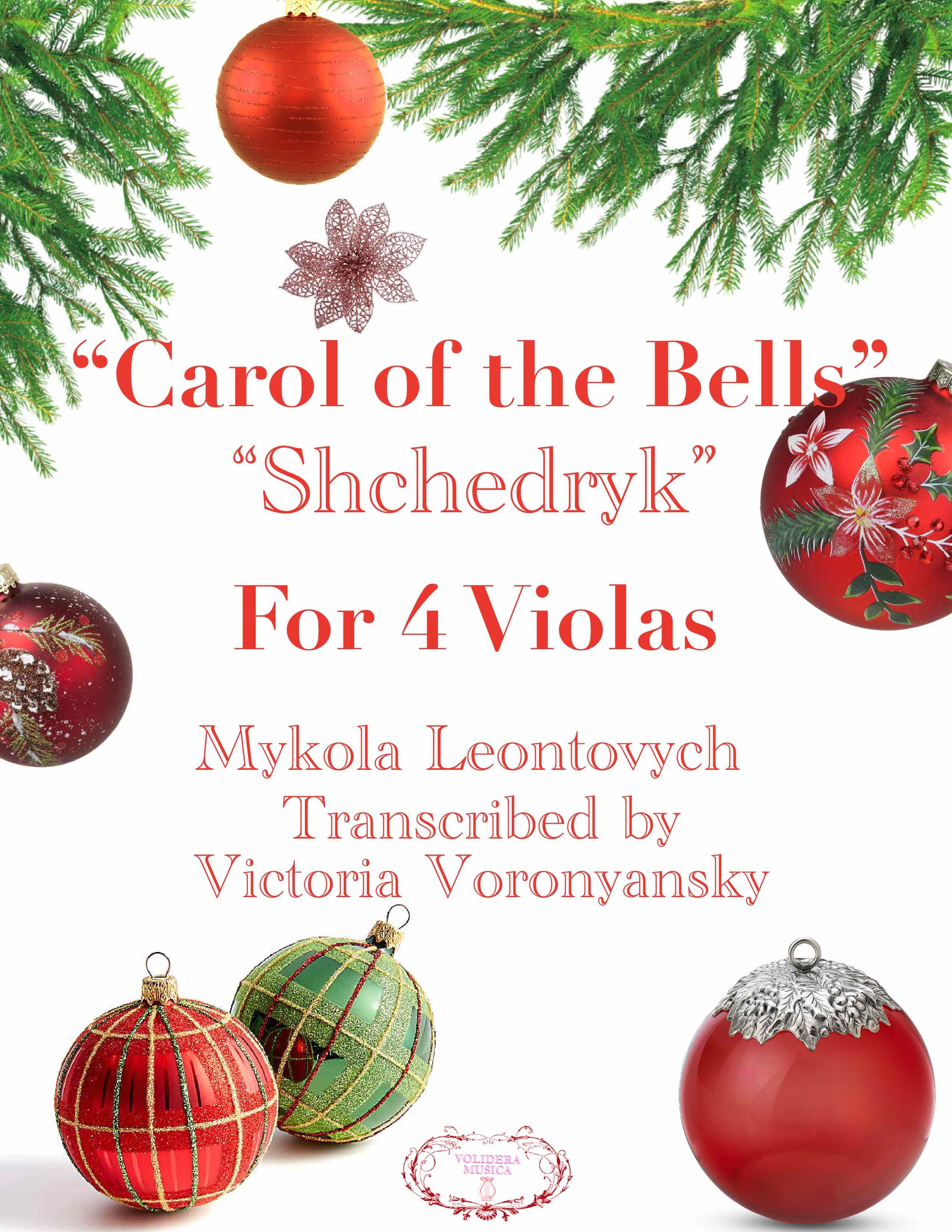
Digital Download $7.99
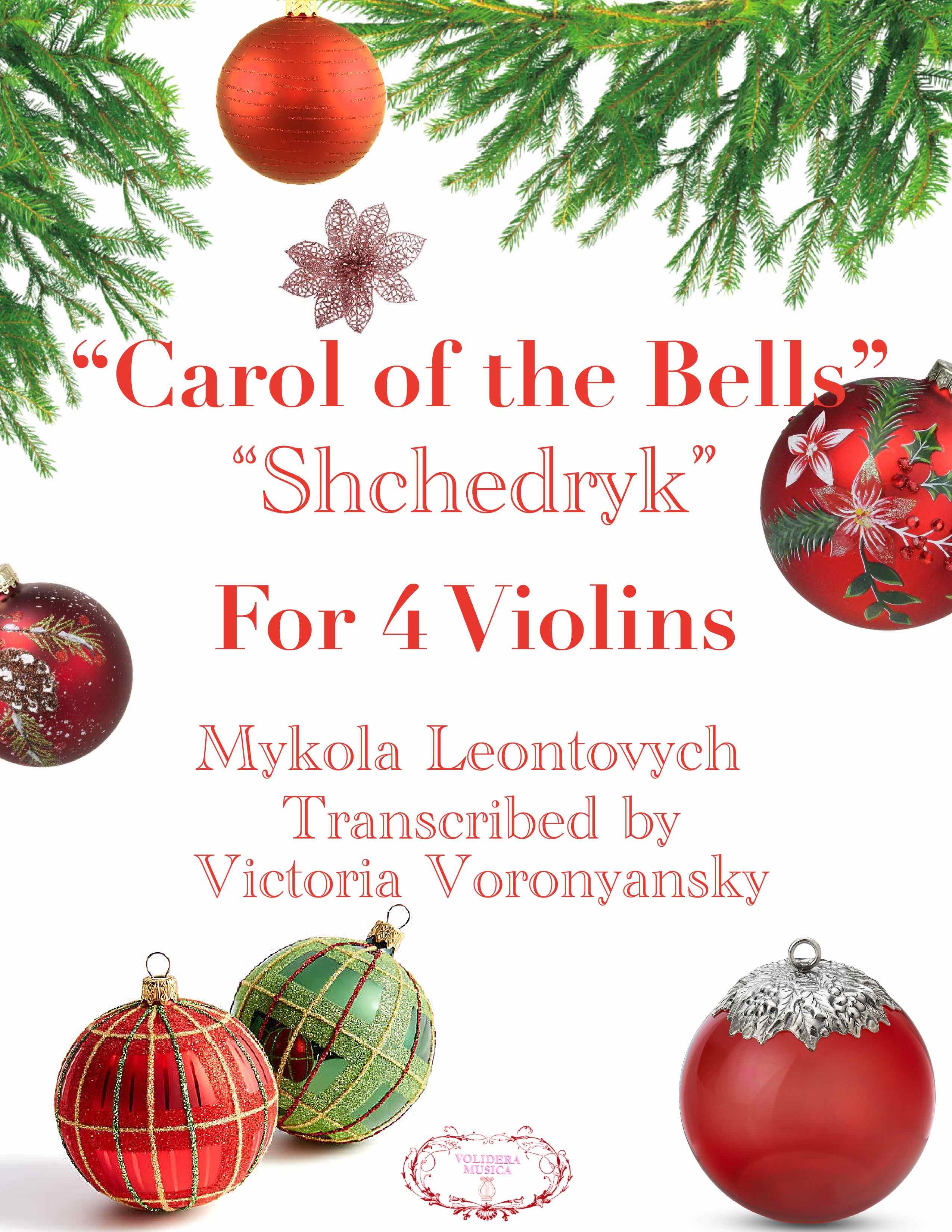
Digital Download $7.99

Digital Download $7.99
“FÜR ELISE” by LUDWIG VAN BEETHOVEN
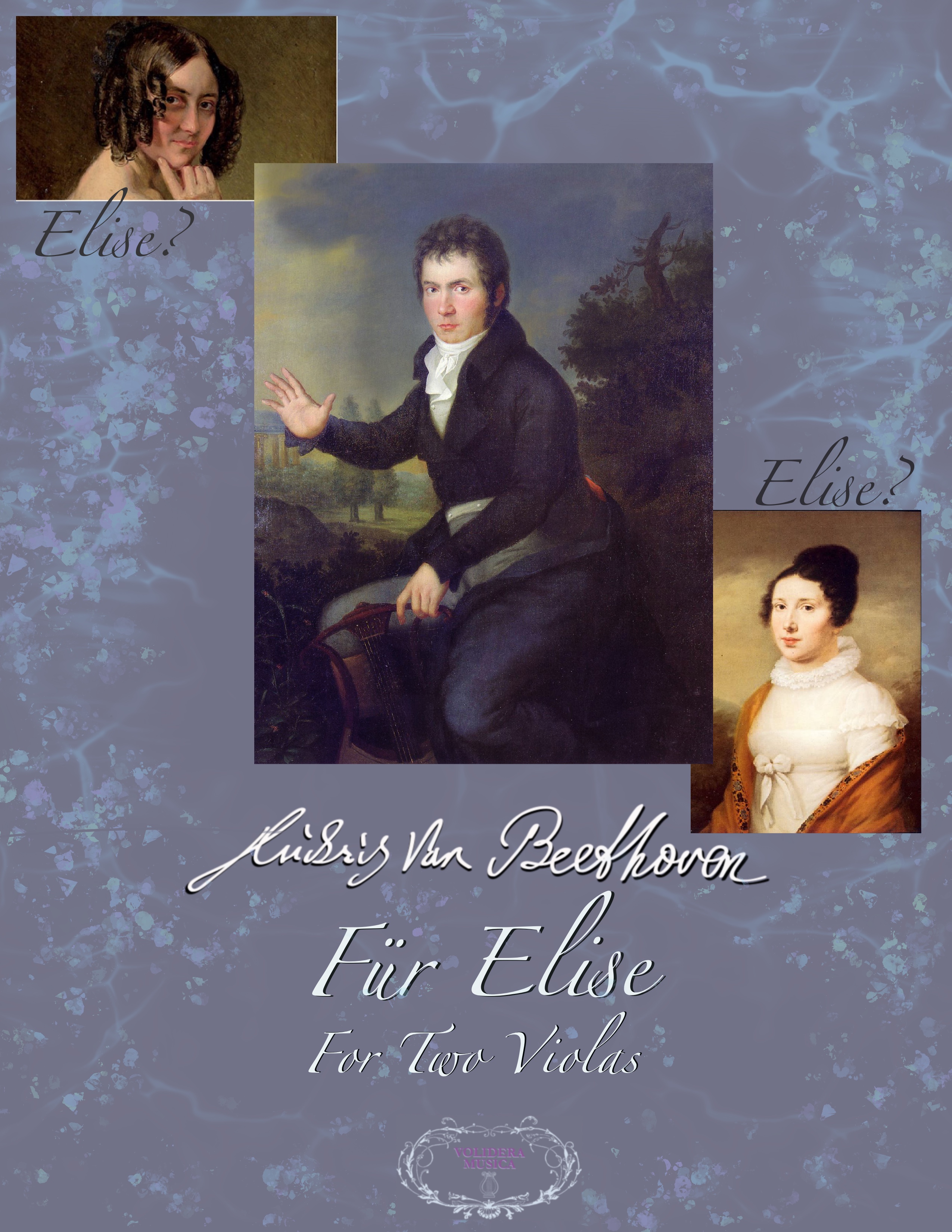
For 2 Violas
Digital Download $7.99
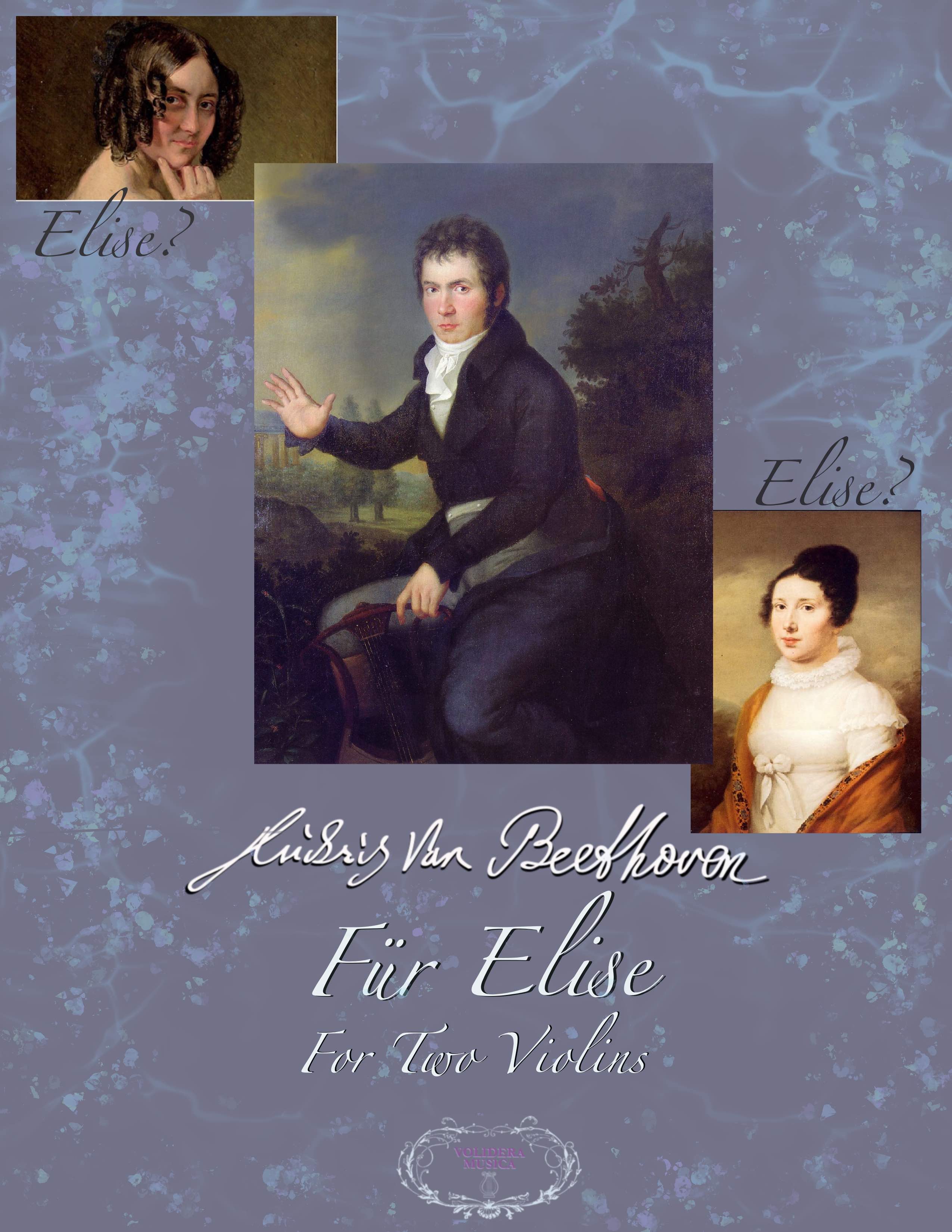
For 2 Violins
Digital Download $7.99
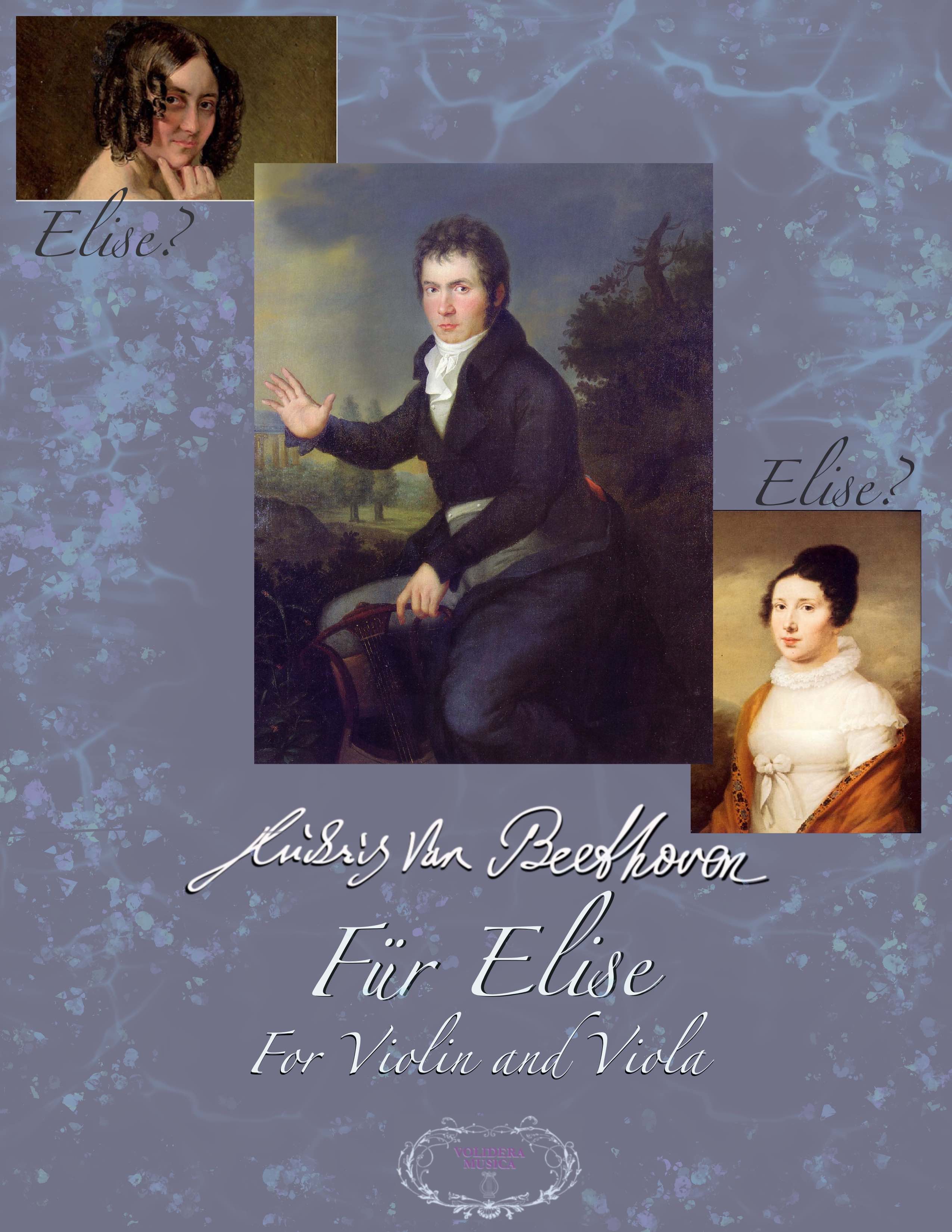
For Violin and Viola
Digital Download $7.99
“ODE TO JOY” by LUDWIG VAN BEETHOVEN
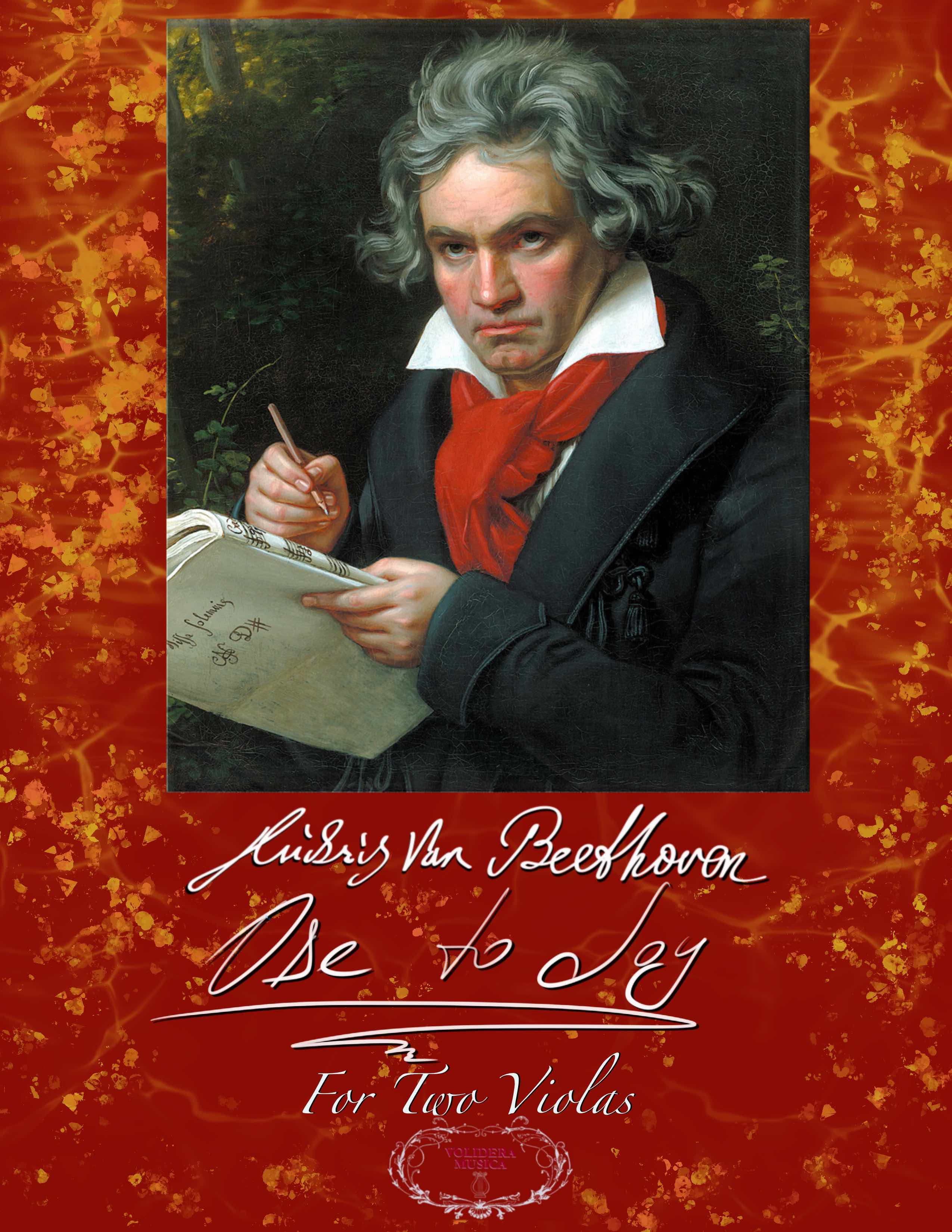
For 2 Violas
Digital Download $4.99
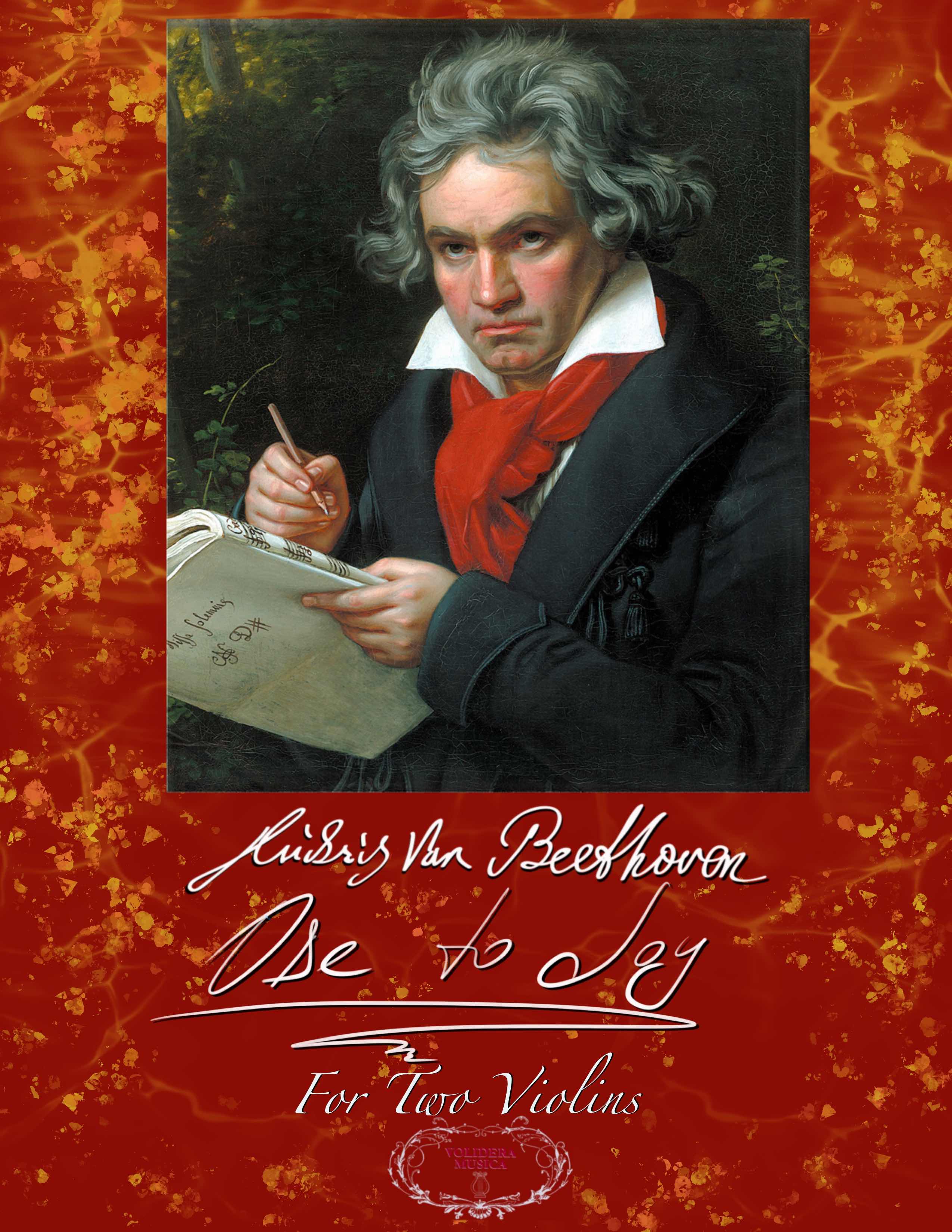
For 2 Violins
Digital Download $4.99

For 2 Cellos
Digital Download $4.99
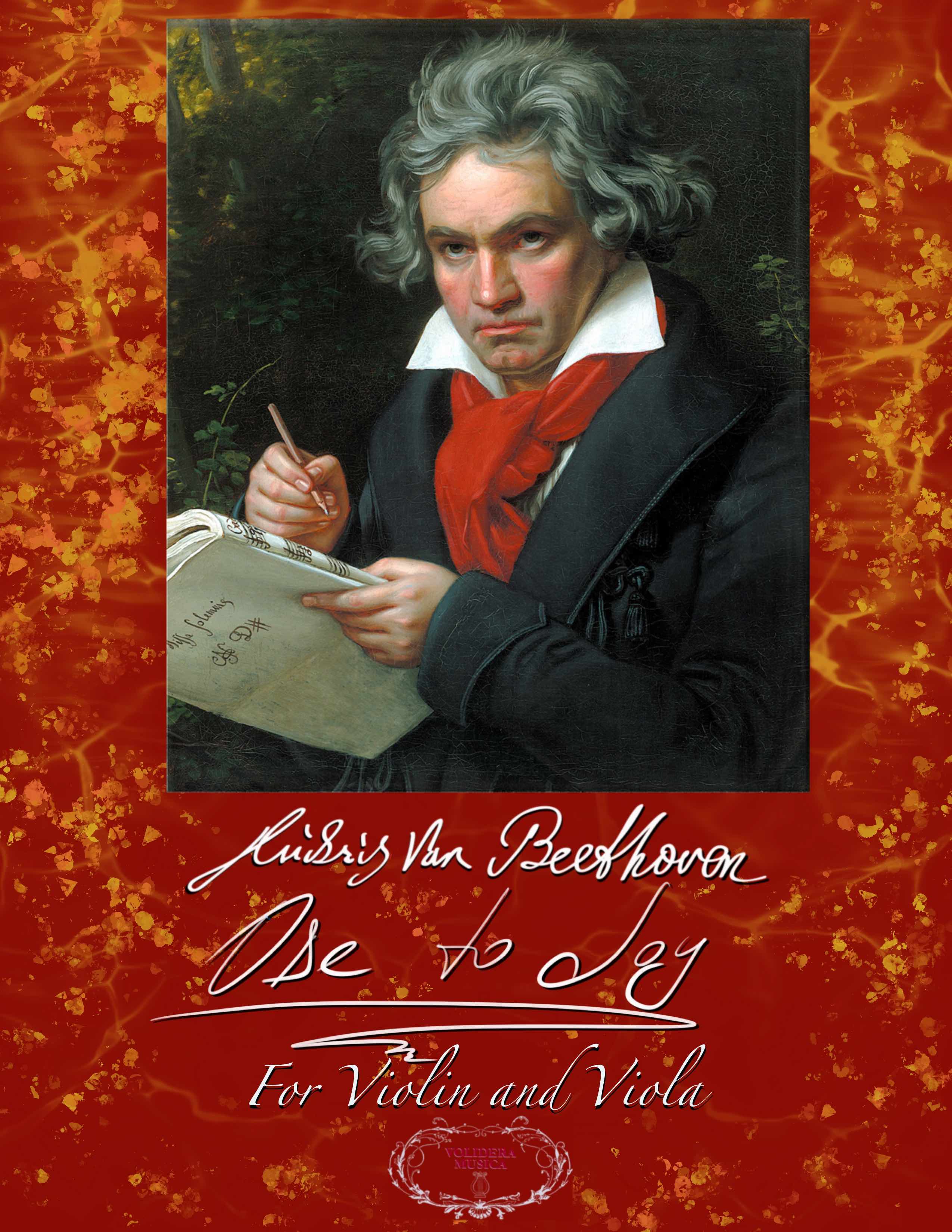
For Violin and Viola
Digital Download $4.99
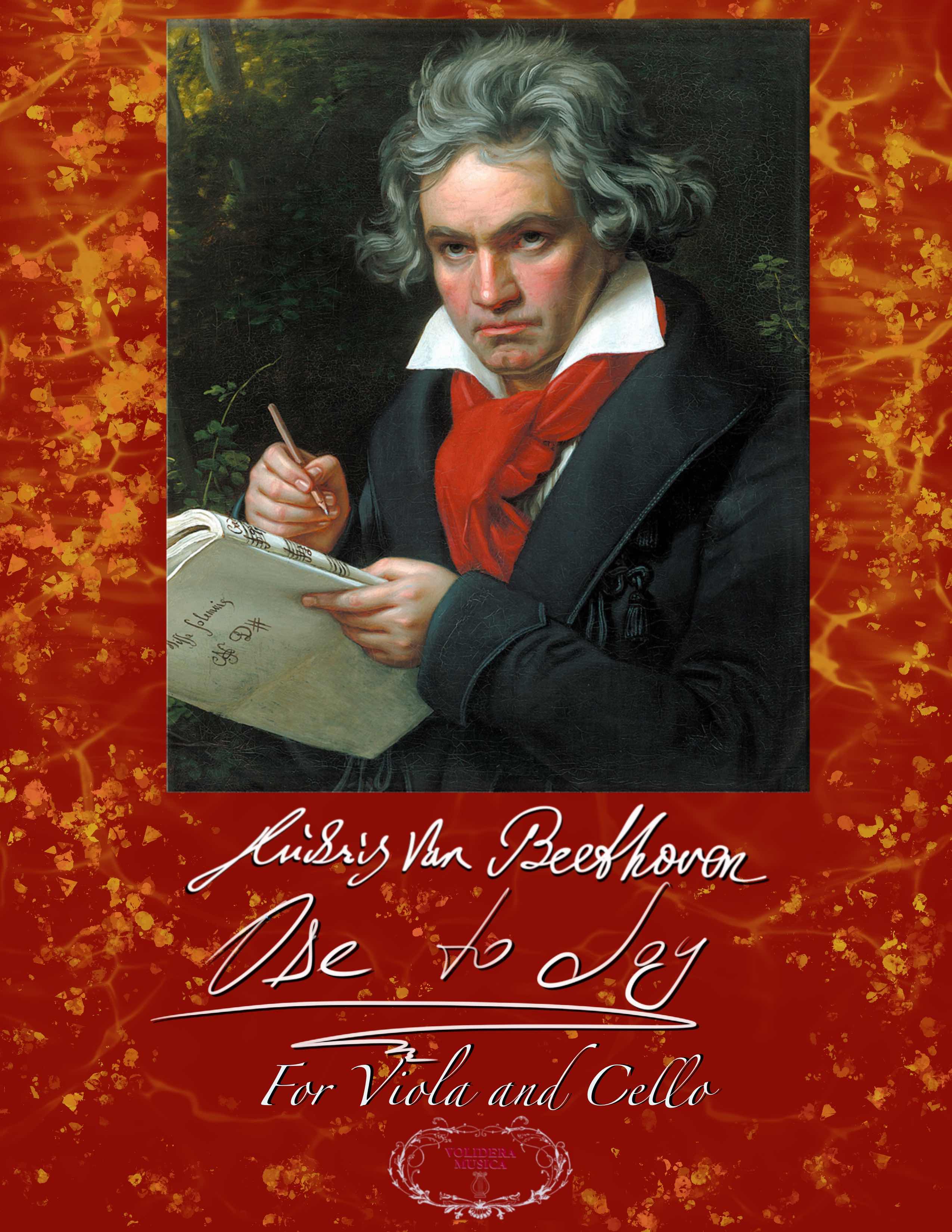
For Viola and Cello
Digital Download $4.99
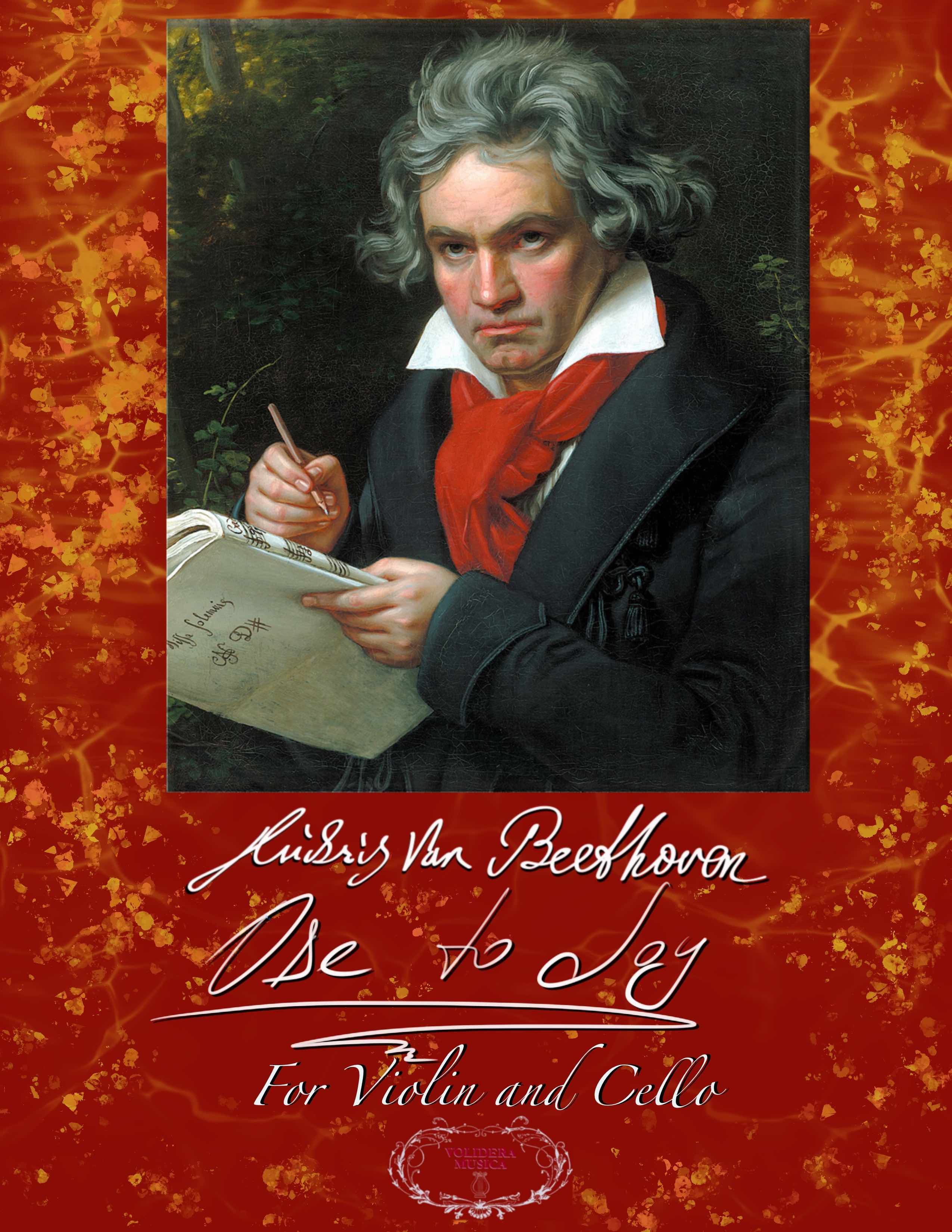
For Violin and Cello
Digital Download $4.99
ÉTUDE Op. 25, No. 7 by FRÉDÉRIC CHOPIN
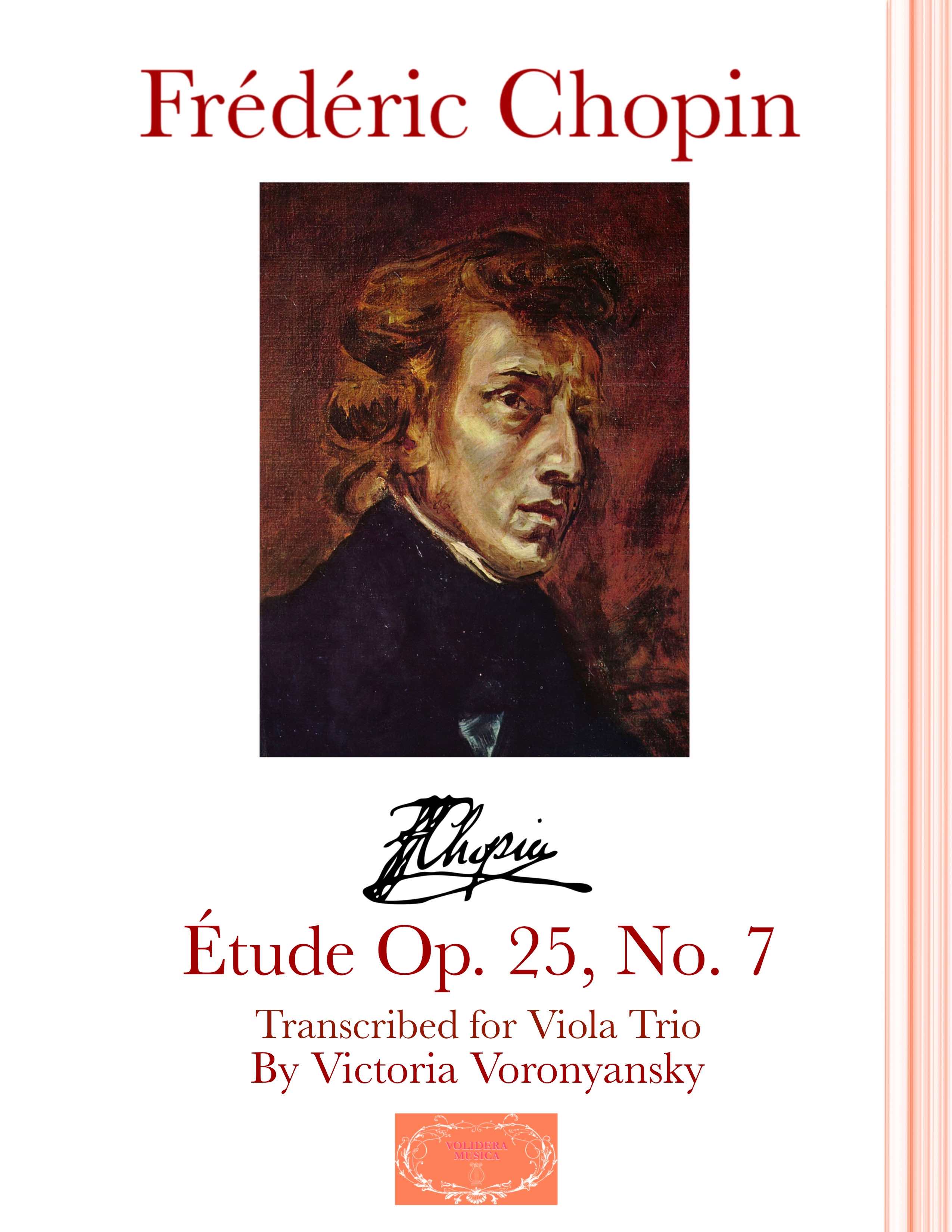
Viola Trio
Digital Download $14.99
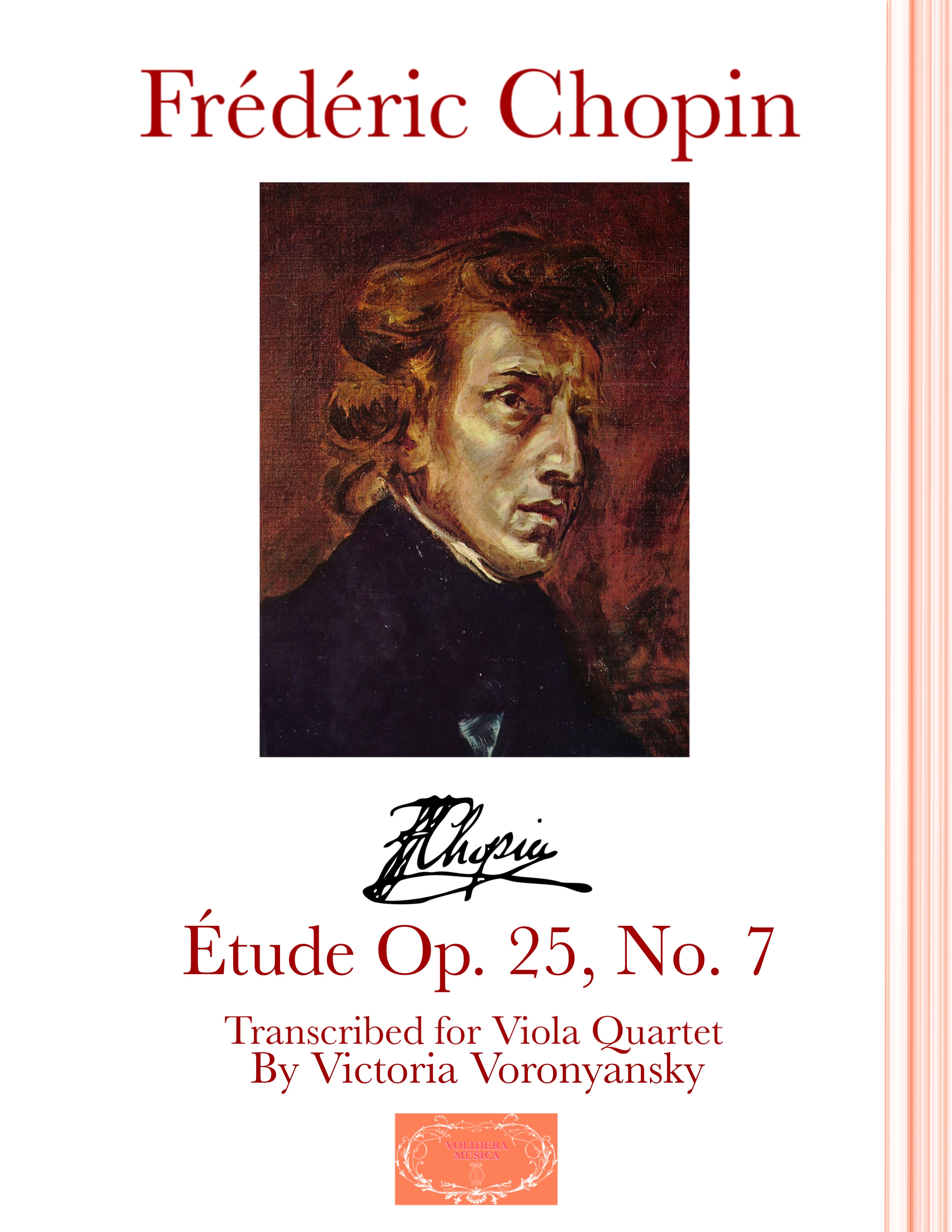
Viola Quartet
Digital Download $14.99
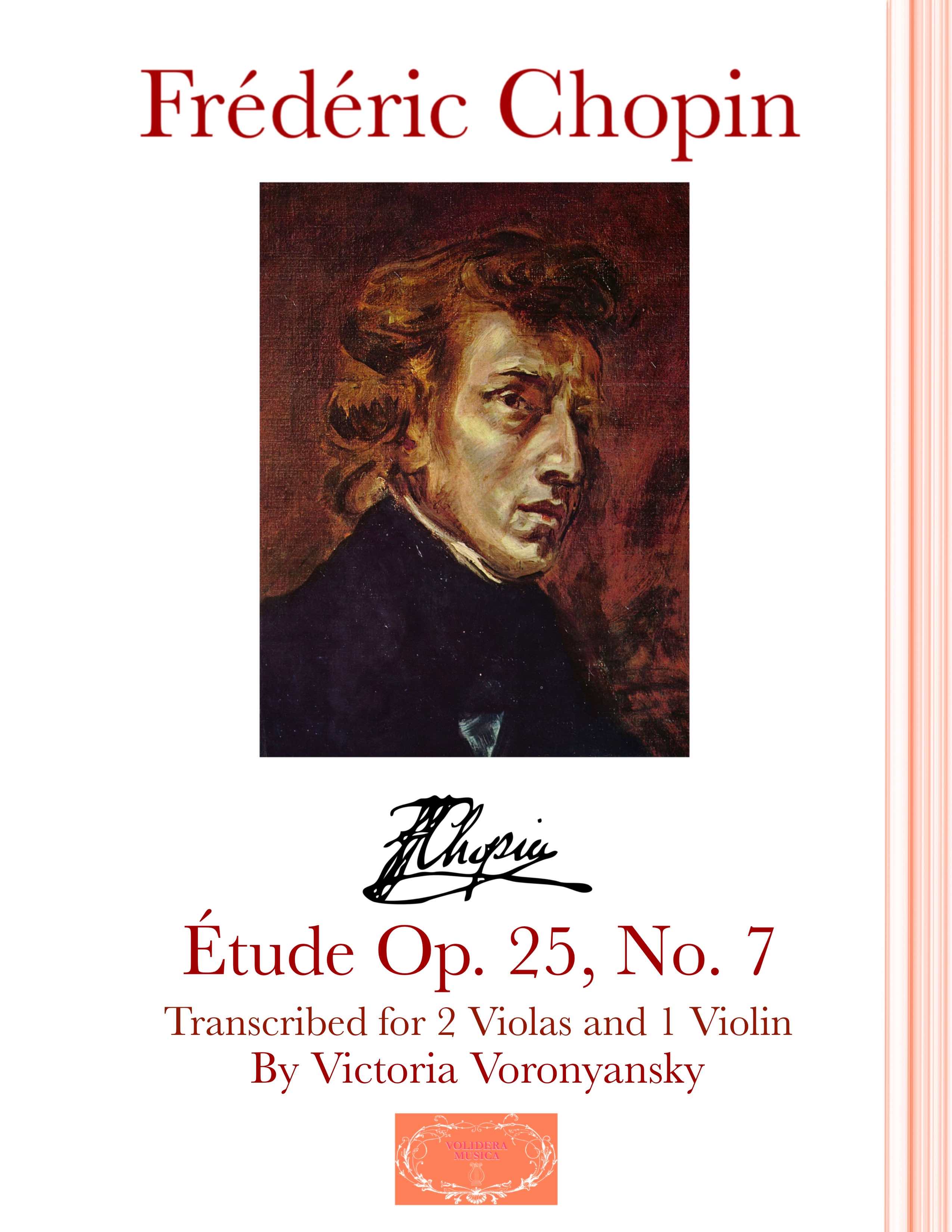
2 Violas and 1 Violin
Digital Download $14.99
“O MIO BABBINO CARO” by GIACOMO PUCCINI
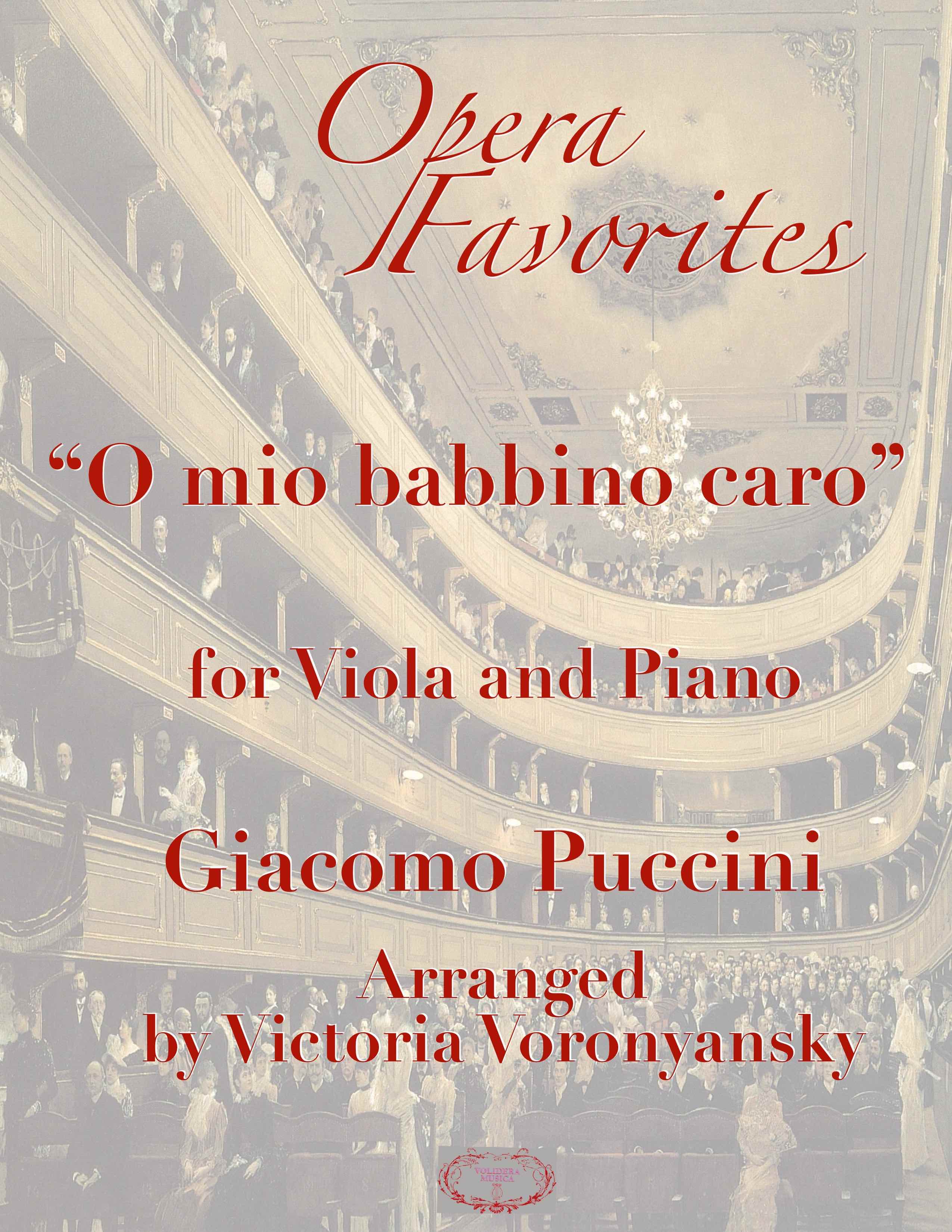
For Viola and Piano
Digital Download $6.99
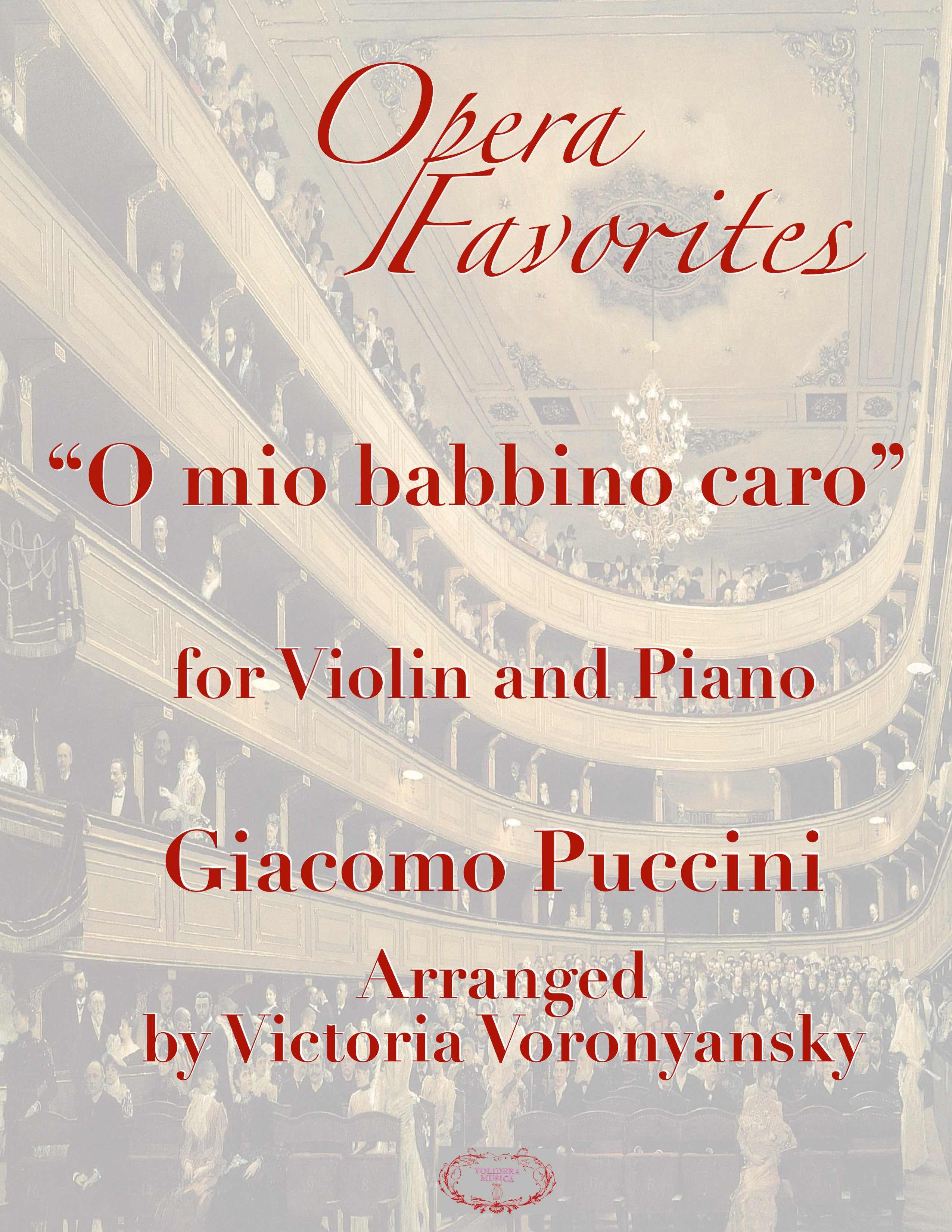
For Violin and Piano
Digital Download $6.99
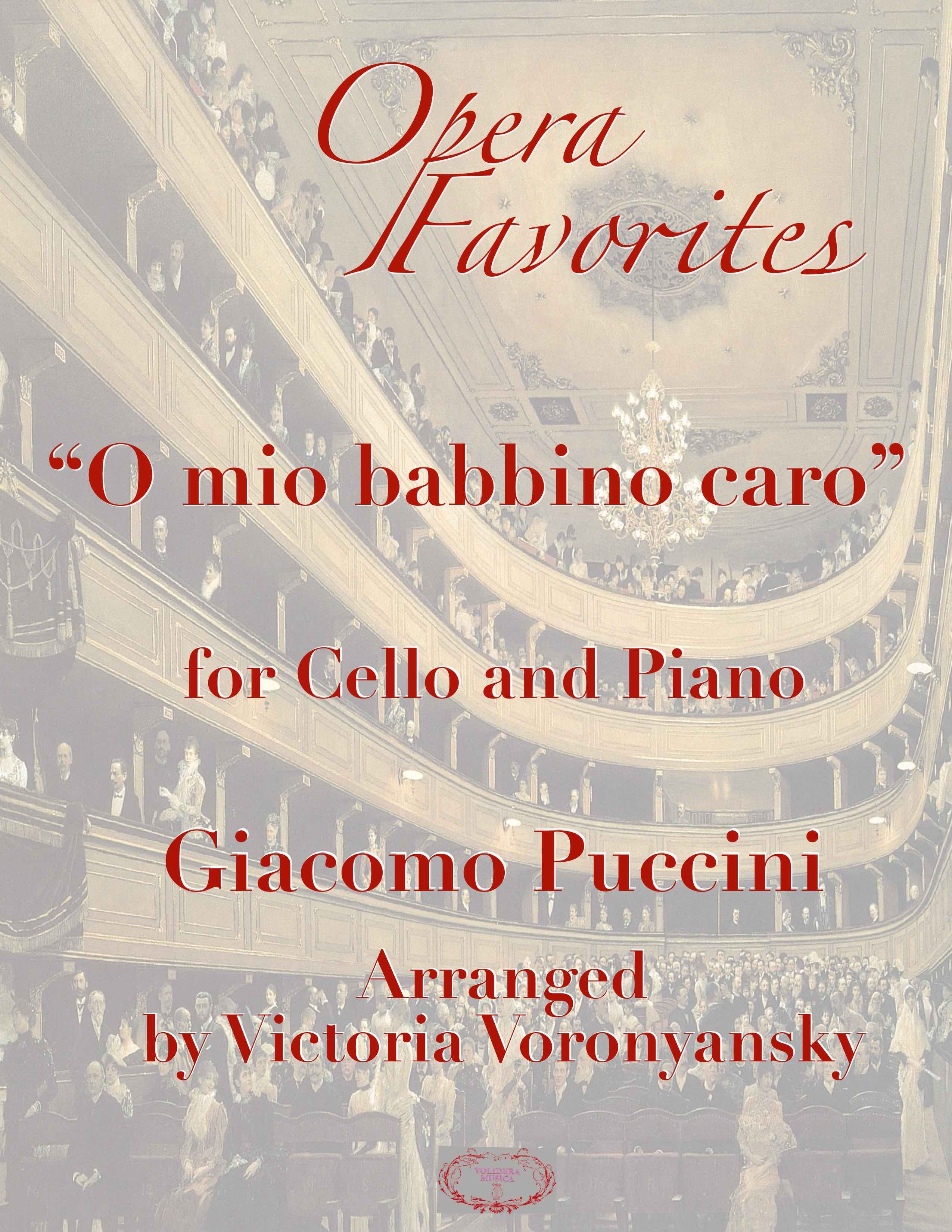
For Cello and Piano
Digital Download $6.99
FOR STUDENTS AND TEACHERS
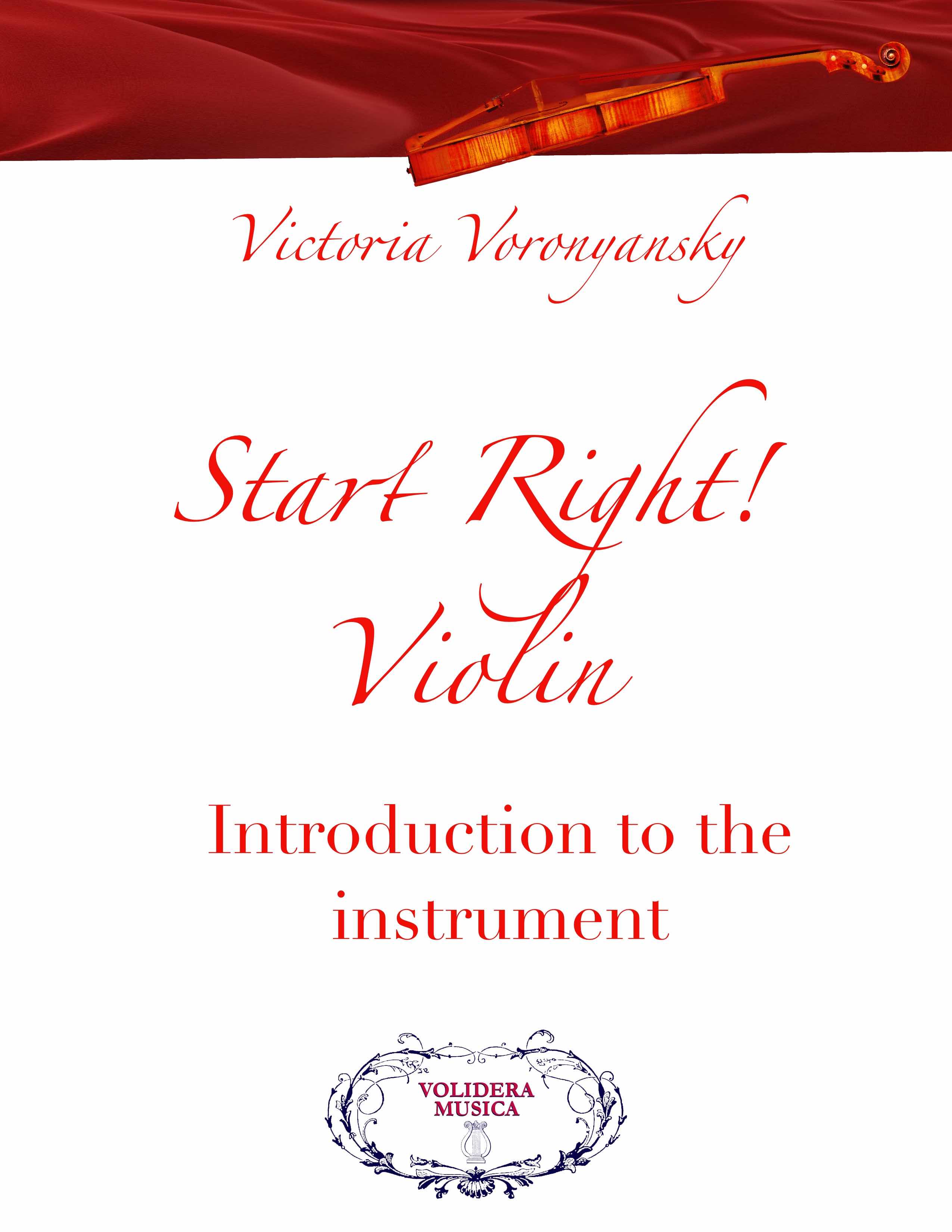
Digital Download $7.99
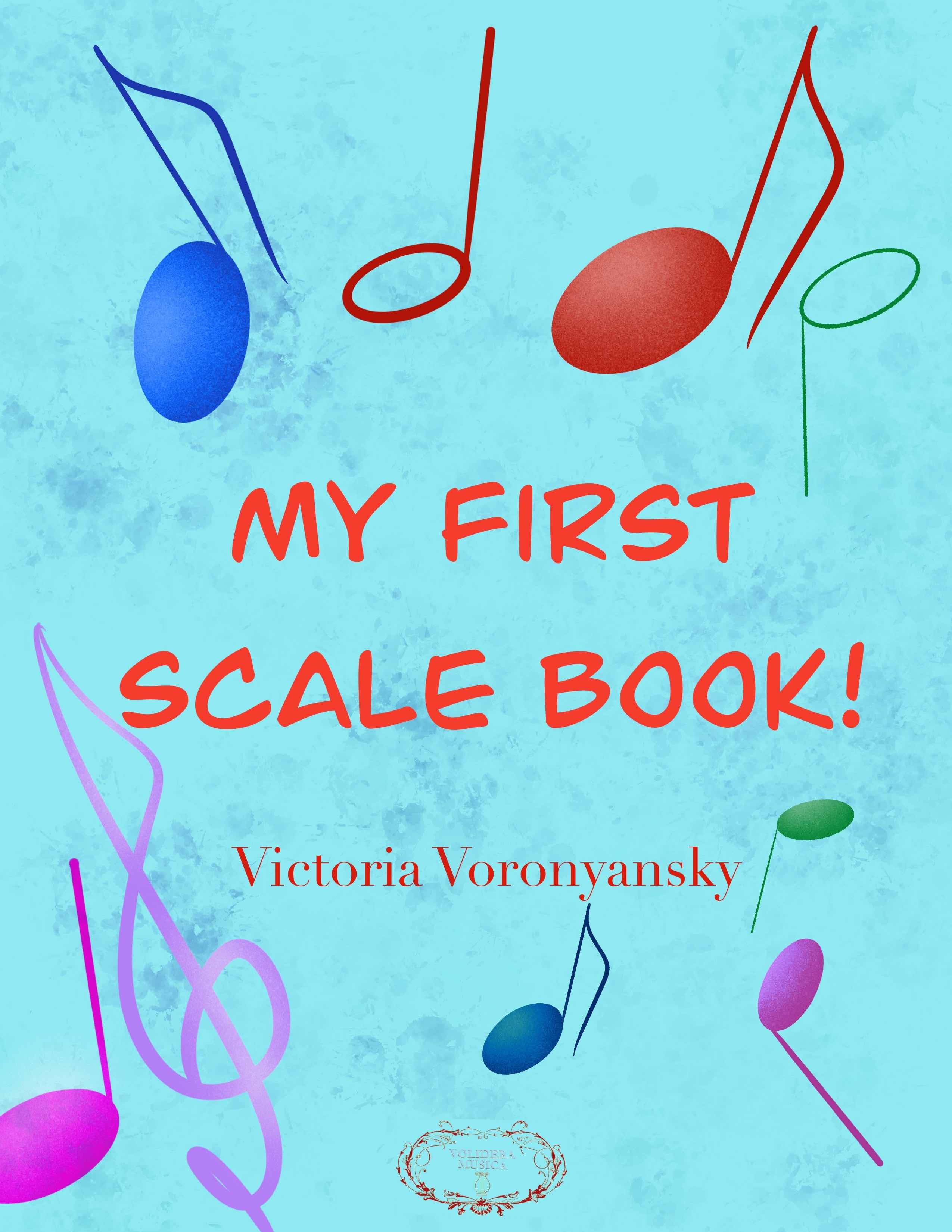
Digital Download $7.99
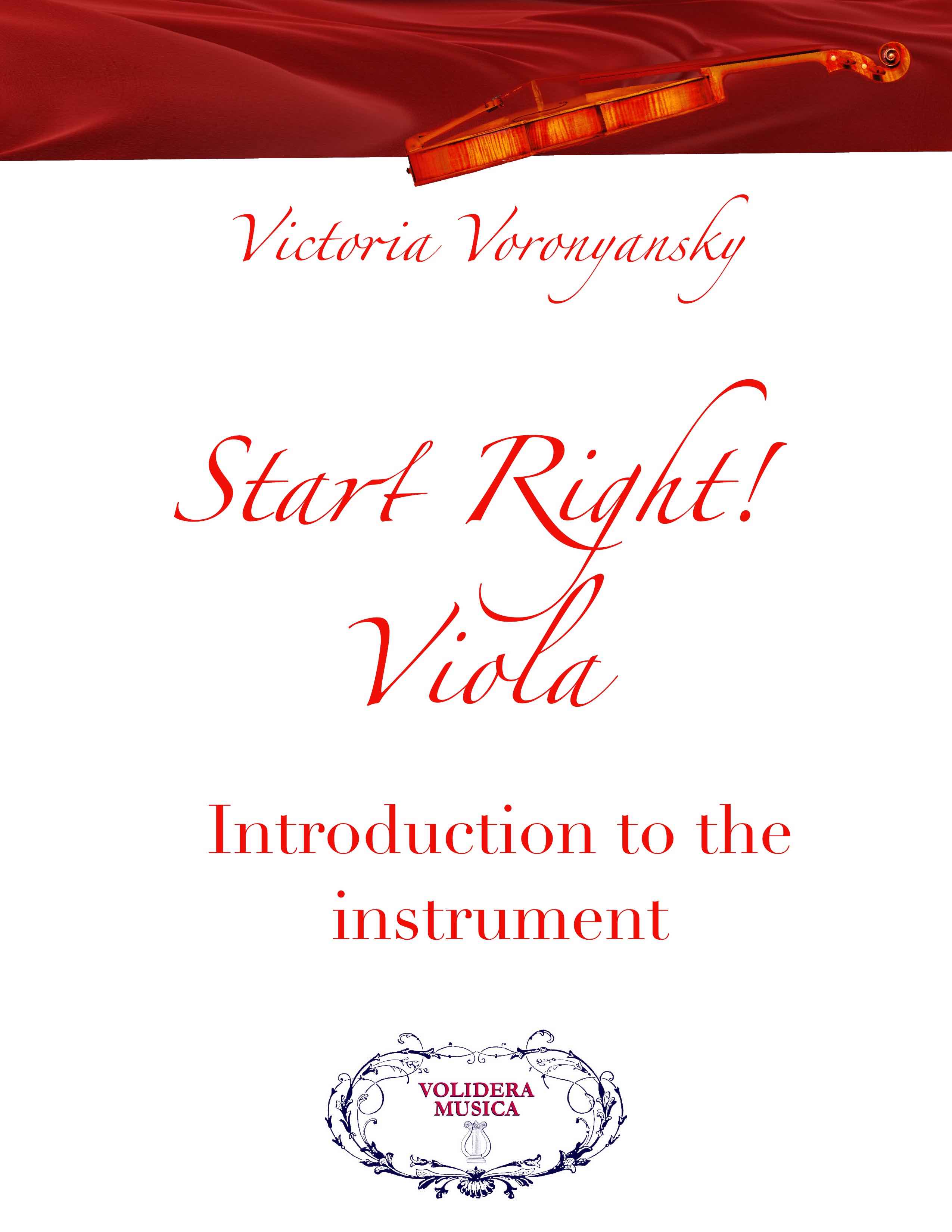
Digital Download $7.99

Digital Download $7.99

Digital Download $7.99

Digital Download $7.99
“FÜR ELISE” by LUDWIG VAN BEETHOVEN

For 2 Violas
Digital Download $7.99

For 2 Violins
Digital Download $7.99

For Violin and Viola
Digital Download $7.99
“ODE TO JOY” by LUDWIG VAN BEETHOVEN

For 2 Violas
Digital Download $4.99

For 2 Violins
Digital Download $4.99

For 2 Cellos
Digital Download $4.99

For Violin and Viola
Digital Download $4.99

For Viola and Cello
Digital Download $4.99

For Violin and Cello
Digital Download $4.99
ÉTUDE Op. 25, No. 7 by FRÉDÉRIC CHOPIN

Viola Trio
Digital Download $14.99

Viola Quartet
Digital Download $14.99

2 Violas and 1 Violin
Digital Download $14.99
“O MIO BABBINO CARO” by GIACOMO PUCCINI

For Viola and Piano
Digital Download $6.99

For Violin and Piano
Digital Download $6.99

For Cello and Piano
Digital Download $6.99
FOR STUDENTS AND TEACHERS

Digital Download $7.99

Digital Download $7.99
